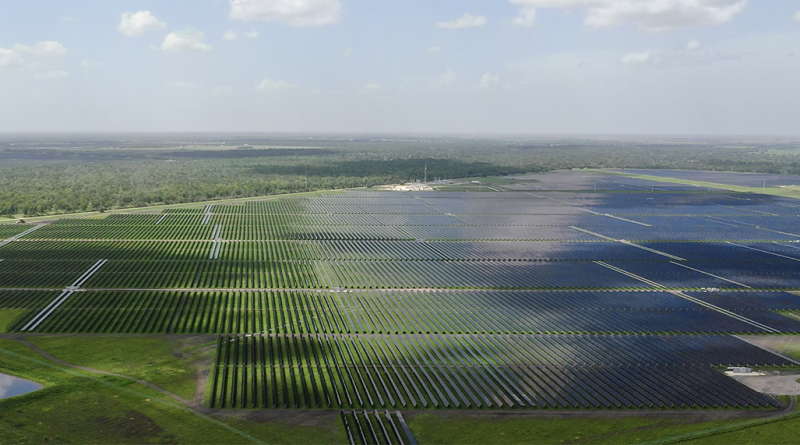Texas Solar Power Expands with Lightsource bp’s 288MW Portfolio
Texas is rapidly expanding its renewable energy capacity, with solar power playing an increasingly important role in the state’s energy mix. Texas added more than 6,000MW of new solar capacity in recent years, reinforcing its position as the second-largest state for solar energy in the US.
Lightsource bp has powered up a 288-megawatt solar portfolio in Texas with a $348 million investment. The portfolio includes the 163MW Starr Solar project in Starr County and the 125MW Second Division Solar project in Brazoria County. Together, these projects generate enough electricity to power more than 50,000 homes annually and offset 381,000 metric tons of carbon emissions each year—equivalent to removing 82,000 cars from the road.
Breaking down the 288MW solar portfolio
Lightsource bp’s latest solar initiative consists of two large-scale projects: the 163MW Starr Solar project in Starr County and the 125MW Second Division Solar project in Brazoria County. Together, these farms provide 288MW of clean energy, enough to power more than 50,000 homes annually.
Beyond environmental benefits, these solar farms contribute to grid stability. Texas has faced major energy crises in recent years, including winter storms and extreme heat waves. By adding more solar capacity, the state enhances its energy resilience and reduces reliance on traditional power sources that can fail during severe weather.
Environmental and economic impact of the projects
Lightsource bp’s 288MW solar portfolio delivers both environmental and economic benefits. As demand for clean energy grows, large-scale solar farms like Starr Solar and Second Division Solar are instrumental in reducing carbon emissions and advancing sustainability.
The annual 381,000 metric tons of CO₂ offset by these projects support Texas’ broader push toward cleaner energy sources. The solar farms also help decrease dependence on fossil fuels, aligning with state and national renewable energy goals.
In addition to environmental impact, the projects generate long-term economic benefits. The $348 million investment created hundreds of construction jobs and will continue supporting the economy through ongoing maintenance, land lease payments, and tax contributions. Investments in renewable energy also attract other clean technology industries, further boosting economic growth. Another key advantage is energy security, as with increased energy capacity, Texas can strengthen its power grid, making it more resilient to severe weather events.
Sustainability initiatives within solar farms
Beyond energy production, Lightsource bp has implemented several sustainability-focused initiatives to ensure responsible land use and environmental conservation.
Pollinator-friendly habitats: Instead of bare soil, the land beneath and around the solar panels is seeded with custom plant mixes that support bees, butterflies, and other pollinators – improving biodiversity and soil health.
Integrated agriculture: Sheep grazing will be introduced at the sites, allowing the land to serve a dual purpose—producing clean energy while providing space for livestock.
Wetland protection and biodiversity efforts: Wetland enhancement measures include vegetative filter strips to protect water sources and designated habitats for small mammals and bird species.
Lightsource bp’s 288MW solar portfolio represents another key step in Texas’ shift toward a cleaner, more resilient energy future. With more than 16,000MW of installed solar capacity and growing, the state’s combination of sunlight, land availability, and supportive policies makes it an attractive location for renewable energy investment and large-scale solar projects. Beyond Texas, Lightsource bp is expanding its footprint across the US, with a goal of delivering 20GW of solar projects by 2025.
Sources:
To keep up-to-date with our latest energy, oil and gas news, subscribe to our newsletter today.
